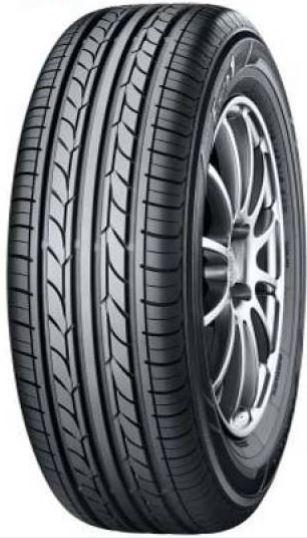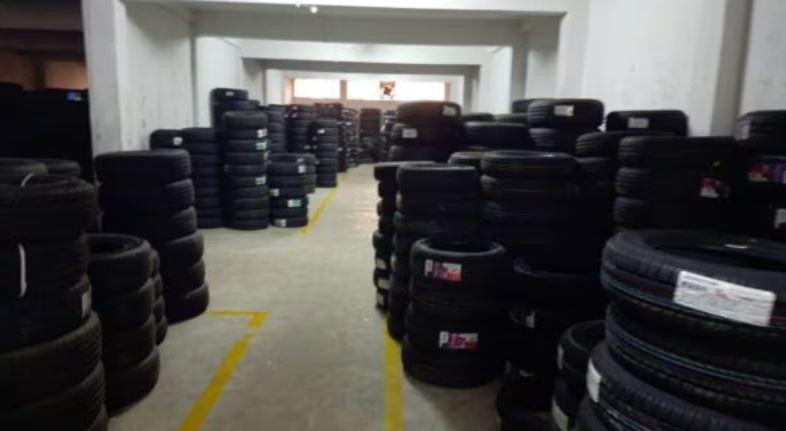
Is there really an advantage to using nitrogen rather than air in car tires, such as better fuel economy, a smoother ride, or longer tire life? Well, sort of. From the top: Air is 78 percent nitrogen and just under 21 percent oxygen, and the rest is water vapor, CO2, and small concentrations of noble gases such as neon and argon. We can ignore the other gases. There are several compelling reasons to use pure nitrogen in tires. First is that nitrogen is less likely to migrate through tire rubber than is oxygen, which means that your tire pressures will remain more stable over the long term. Racers figured out pretty quickly that tires filled with nitrogen rather than air also exhibit less pressure change with temperature swings. That means more consistent inflation pressures during a race as the tires heat up. And when you're tweaking a race car's handling with half-psi changes, that's important. Passenger cars can also benefit from the more stable pressures. But there's more: Humidity (water) is a Bad Thing to have inside a tire. Water, present as a vapor or even as a liquid in a tire, causes more of a pressure change with temperature swings than dry air does. It also promotes corrosion of the steel or aluminum rim.
Subscribe for latest offers & updates
We hate spam too.


